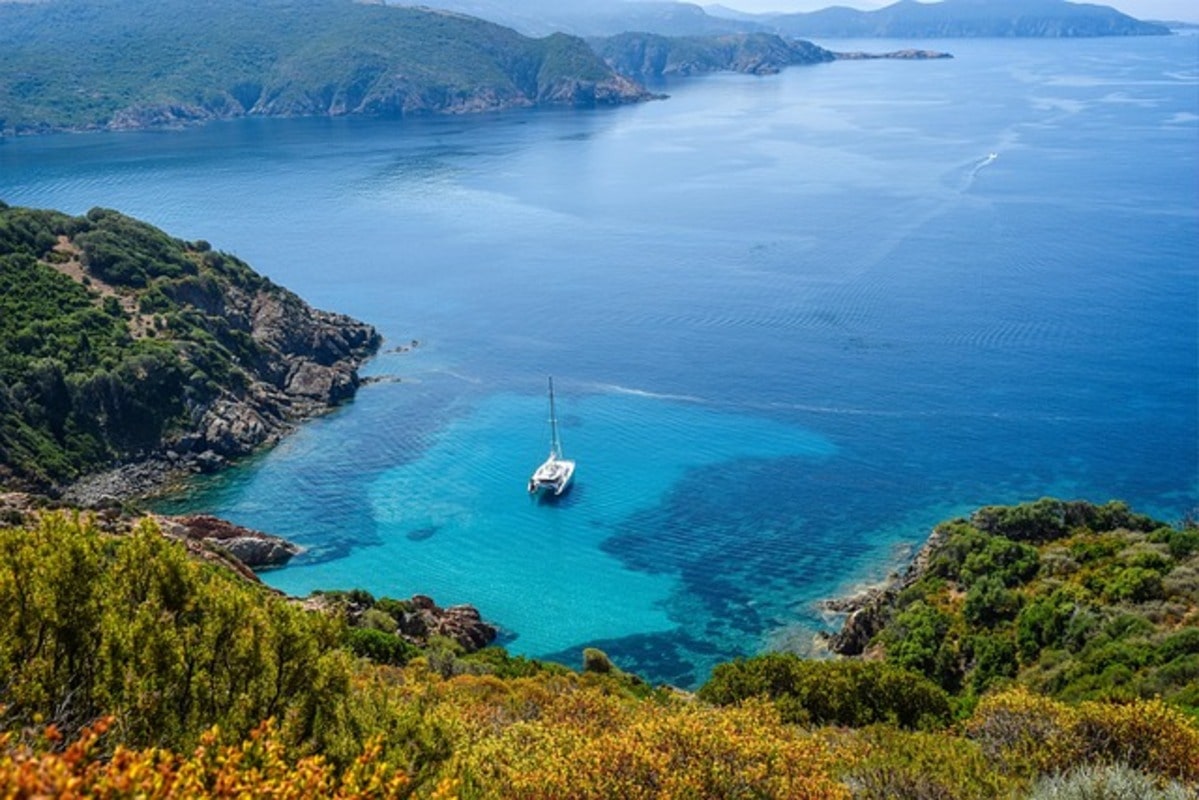Lagoons are among the most fascinating and complex ecosystems on Earth. Located at the interface between land and sea, they form unique aquatic environments that support thousands of plant and animal species. Lagoons can be salty, brackish, or nearly freshwater, and their formation and dynamics depend on a range of factors such as climate, geology, hydrology, and human activity. While they are often associated with tourism, lagoons also play a critical role in maintaining ecological balance. Below are captivating and informative facts about lagoons that you may not have known before.
- A lagoon is a shallow body of water partially or completely separated from the sea by a narrow strip of land, a sandbar, or a coral reef. It typically has limited exchange with ocean water, which creates unique chemical and biological conditions.
- There are two main types of lagoons: coastal and atoll. Coastal lagoons form along shorelines due to the accumulation of sediment or the presence of barrier islands, while atoll lagoons develop inside coral reefs in the middle of the ocean.
- Many lagoons are formed as a result of coastal erosion or changes in sea level. Over time, they may expand, dry up, or transform into marshes depending on climatic and geological conditions.
- One of the most famous lagoons in the world is the Venetian Lagoon in Italy, home to the city of Venice. It is a UNESCO World Heritage Site and a prime example of harmonious coexistence between nature and urban infrastructure.
- Lagoon water can be salty, brackish, or nearly fresh, depending on how connected it is to the sea. Lagoons often act as natural filters that purify water flowing in from rivers or canals.
- Lagoons are home to a wide range of fish, mollusks, crustaceans, water birds, and unique algae species. Their biodiversity makes them essential for global ecosystem health.
- Coral lagoons are among the most visually stunning and colorful types of lagoons. Found mainly in tropical regions, such as the Great Barrier Reef in Australia, they are ideal spots for diving and snorkeling.
- Lagoons play a vital role in fisheries, as they provide natural breeding grounds. These calm, sheltered waters support the reproduction and growth of many marine species.
- Some lagoons form in the craters of extinct volcanoes or tectonic depressions. These lagoons often have unusual shapes and highly mineralized water.
- Lagoons are very sensitive to climate change and human interference. They can be easily polluted by chemicals, fertilizers, and plastic waste, or damaged by altered water flows due to dams and channels.
- Seasonal shifts and tidal movements cause changes in the ratio of salt to fresh water in lagoons, known as water migrations. These shifts affect flora and fauna, which must adapt to new environmental conditions.
- In many cultures, lagoons hold spiritual or mythological significance. In Polynesia, for example, lagoons are considered the birthplace of ancestral spirits and are used for traditional ceremonies.
- Some lagoons are world-renowned tourist destinations. The Blue Lagoon in Iceland, for instance, is famous for its mineral-rich thermal waters and attracts visitors from around the globe.
- One of the largest lagoons in the world is Lake Maracaibo in Venezuela, South America. Though connected to the Caribbean Sea, its massive size often classifies it as a separate body of water.
- Certain lagoons are known for their unusual water colors due to specific algae, salts, or microorganisms. The Pink Lagoon in Mexico, for example, gets its striking color from microscopic brine shrimp called Artemia.
- Lagoons play an important role in coastal protection. They act as natural buffers that absorb the energy of waves and storms, helping reduce shoreline erosion.
- They are also vital habitats for migratory birds. Many species rely on lagoons as resting points or nesting grounds during their long seasonal journeys.
- Lagoons are natural laboratories for scientists. They offer opportunities to study biological processes, climate change, geochemistry, and ecosystem development in complex conditions.
- In many regions, lagoons are used for aquaculture — the farming of fish, shrimp, or shellfish. This supports local food production and provides economic benefits for nearby communities.
- Some well-known lagoons may disappear within decades due to rising sea levels, land reclamation, or pollution. That’s why monitoring and protecting these fragile ecosystems is so important.
Lagoons are natural treasures that combine scenic beauty, biological richness, and scientific value. These interesting facts reveal how diverse and important these water-land transition zones truly are. Protecting them is vital not only for the environment but also for future generations. Lagoons remind us that harmony between humans and nature is both necessary and possible.





